The Hummus Market is currently characterized by a dynamic competitive landscape, driven by increasing consumer demand for plant-based foods and healthy snacking options. Major players such as Sabra (US), Tribe (US), and Cedar's (US) are strategically positioning themselves through innovation and regional expansion. Sabra (US), for instance, has focused on diversifying its product line to include organic and flavored varieties, thereby appealing to health-conscious consumers. Tribe (US) has emphasized sustainability in its operations, which resonates well with environmentally aware customers. Cedar's (US) has adopted a strategy of leveraging partnerships with local retailers to enhance its market presence, indicating a trend towards localized distribution channels. Collectively, these strategies contribute to a moderately fragmented market structure, where competition is fierce yet offers opportunities for differentiation.
Key business tactics within the Hummus Market include localizing manufacturing and optimizing supply chains to enhance efficiency and reduce costs. The competitive structure remains moderately fragmented, with several key players vying for market share. This fragmentation allows for niche players to emerge, catering to specific consumer preferences, while larger companies leverage their scale to dominate broader market segments. The collective influence of these key players shapes the market dynamics, as they continuously adapt to changing consumer preferences and operational challenges.
In August 2025, Sabra (US) announced a new line of organic hummus products aimed at health-conscious consumers. This strategic move not only aligns with the growing trend towards organic foods but also positions Sabra to capture a larger share of the health-focused segment of the market. The introduction of these products is likely to enhance brand loyalty among existing customers while attracting new ones who prioritize organic ingredients.
In September 2025, Tribe (US) launched a sustainability initiative aimed at reducing its carbon footprint by 30% over the next five years. This initiative underscores Tribe's commitment to environmental responsibility, which is increasingly becoming a key differentiator in the food industry. By focusing on sustainability, Tribe not only enhances its brand image but also appeals to a growing demographic of eco-conscious consumers, potentially increasing its market share in the process.
In July 2025, Cedar's (US) entered into a strategic partnership with a major grocery chain to expand its distribution network. This partnership is significant as it allows Cedar's to reach a broader audience and increase its visibility in the market. By aligning with established retailers, Cedar's can leverage their distribution capabilities, thereby enhancing its competitive position in a crowded marketplace.
As of October 2025, current trends in the Hummus Market indicate a shift towards digitalization, sustainability, and the integration of artificial intelligence in production processes. Strategic alliances are increasingly shaping the competitive landscape, allowing companies to pool resources and expertise. Looking ahead, competitive differentiation is likely to evolve from traditional price-based competition to a focus on innovation, technology, and supply chain reliability. Companies that can effectively navigate these trends will likely secure a competitive edge in the ever-evolving hummus market.
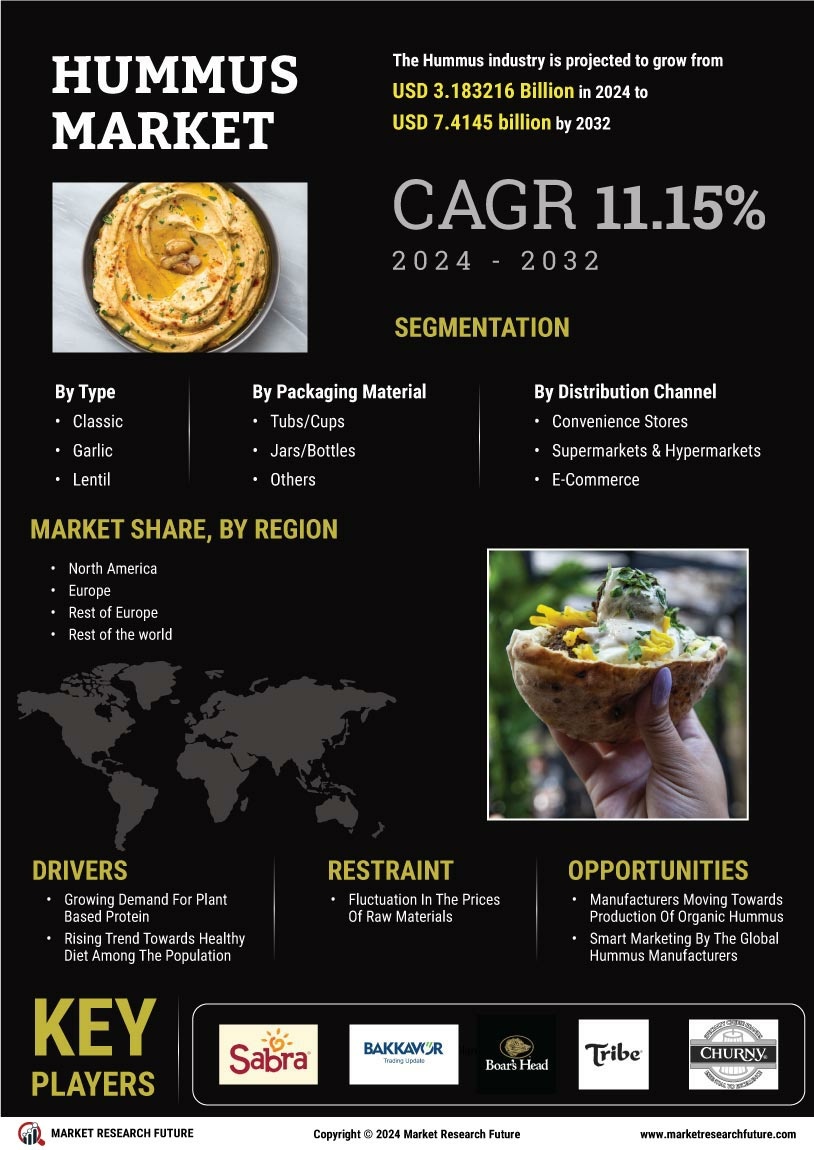

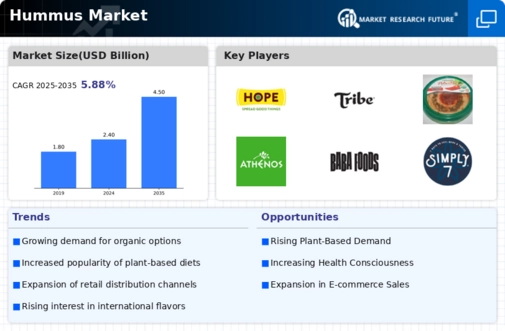
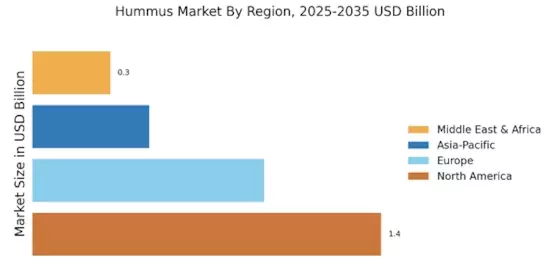
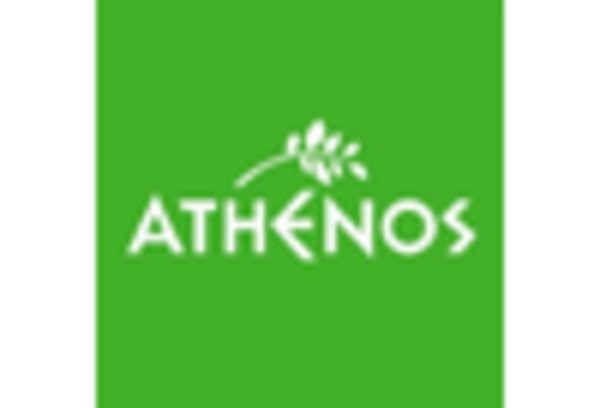
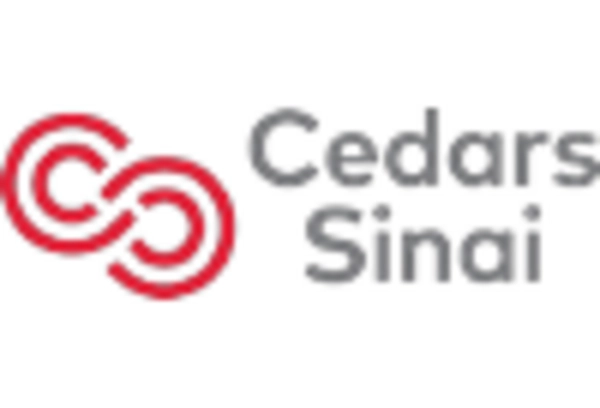
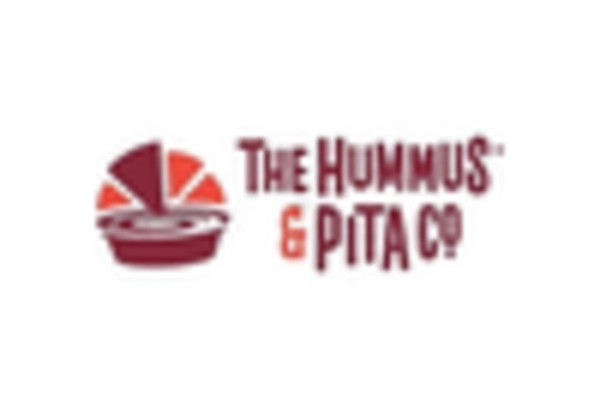
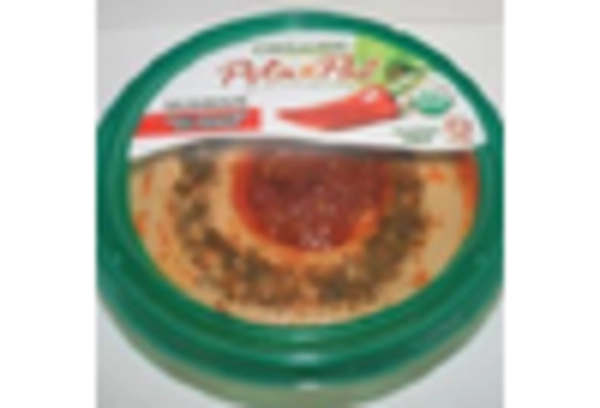

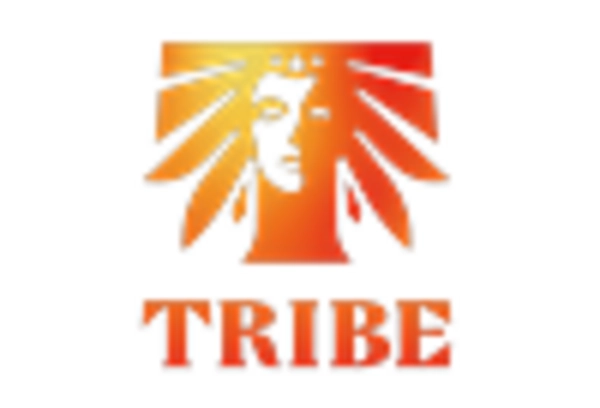








Leave a Comment